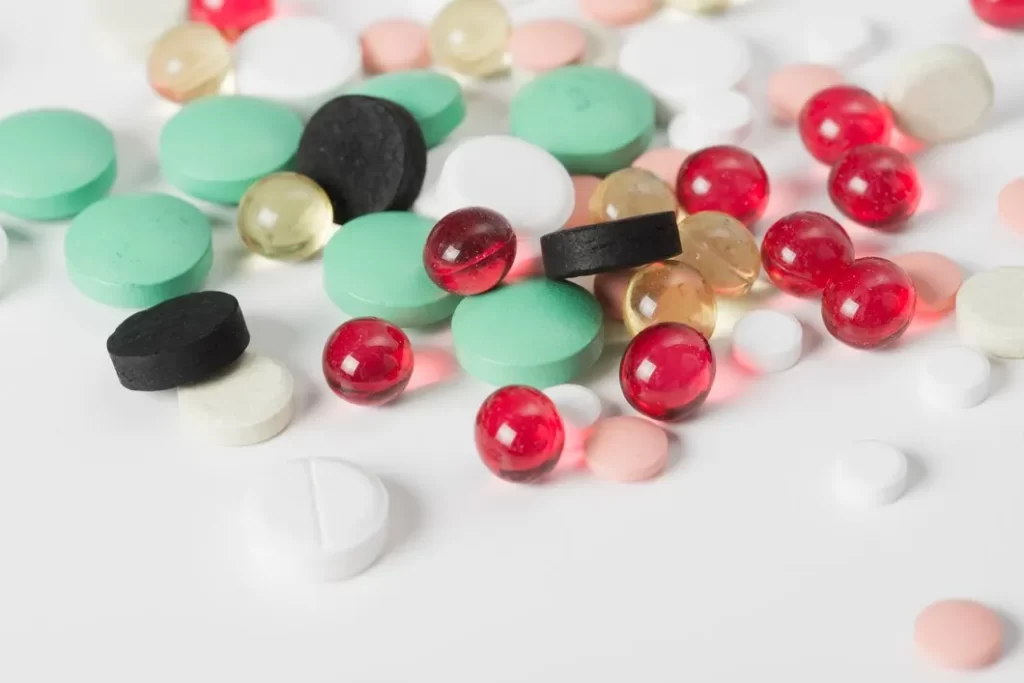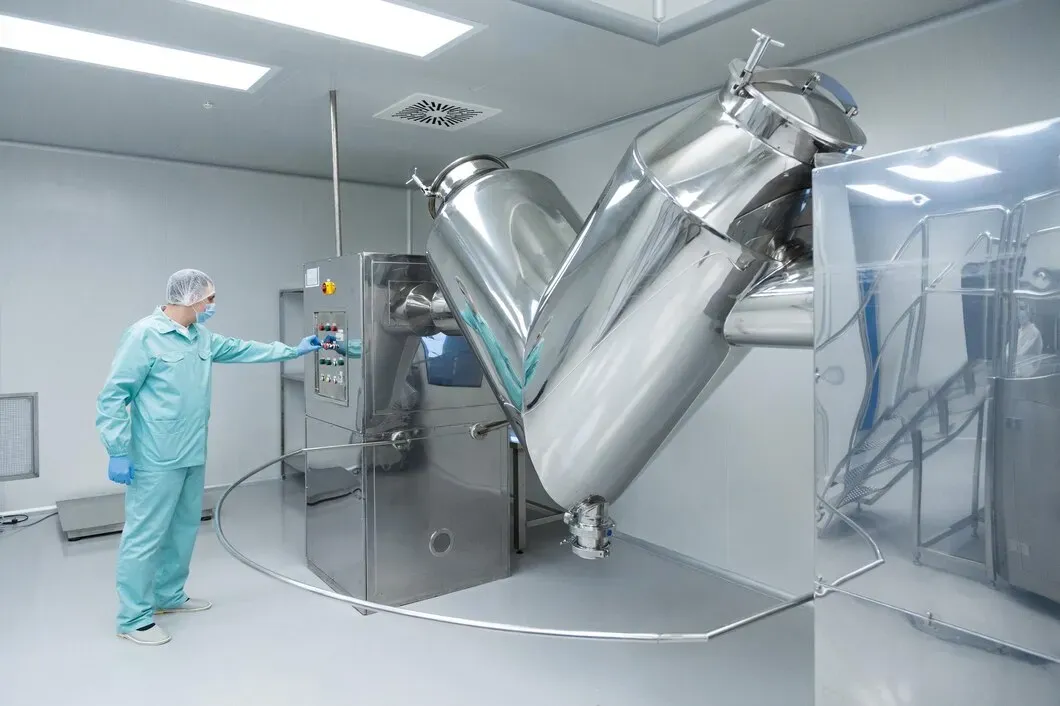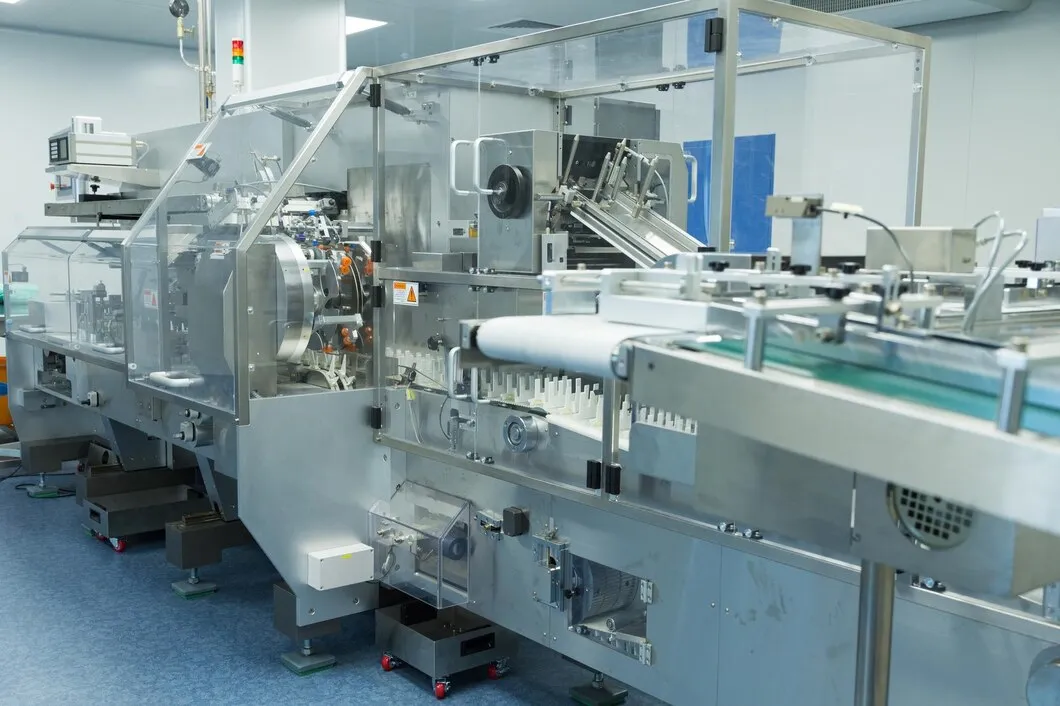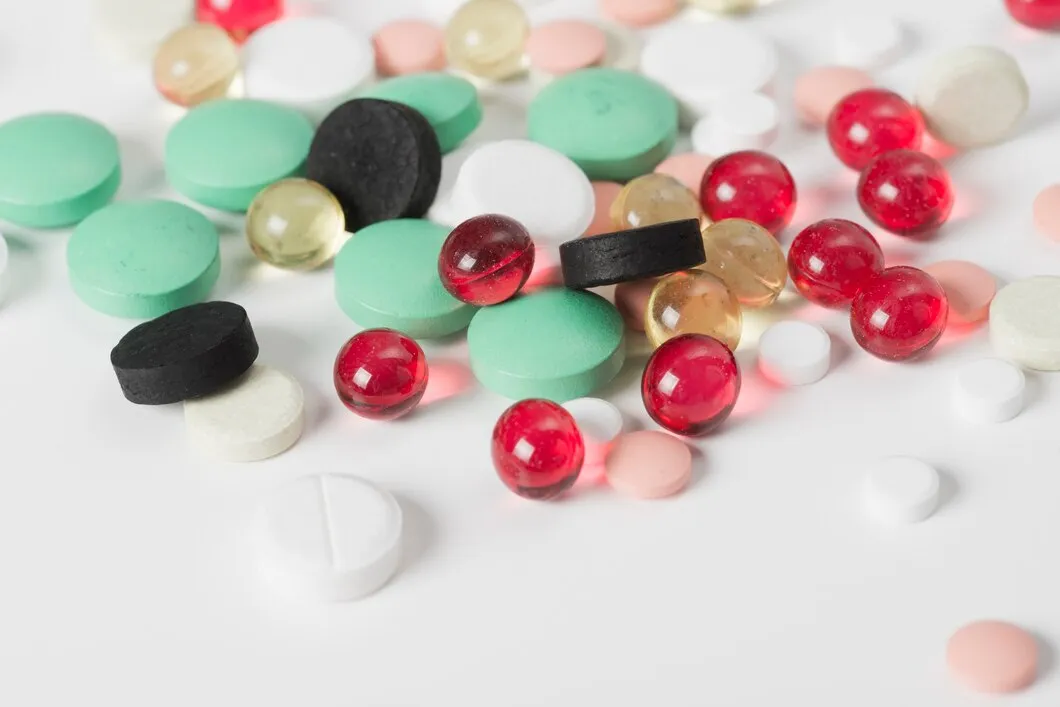Если вы решаете, как доставить фармацевтический продукт или пищевую добавку, формат, который вы выберете, —жидкие гели или таблетки— сформирует не только то, как он выглядит. Он влияет на то, как производится продукт, как быстро он впитывается, какое оборудование вам понадобится и как его воспринимает конечный пользователь. Некоторые активные вещества лучше работают в жидком виде. Другим нужна твердая доза для стабильности. Затем следует учесть стоимость, срок годности и сроки производства.
Это руководство разбирает это на практике. Никакого маркетингового хода — только ключевые различия, которые имеют значение при разработке, масштабировании или поиске поставщиков вашего следующего продукта.

Мягкие капсулы, также известные как жидкие гели, представляют собой цельные капсулы, заполненные маслами, суспензиями или полутвердыми веществами. Они запечатаны в оболочку на основе желатина, часто прозрачную или тонированную. Они распространены в добавках, таких как омега-3, витамин D и некоторые экстракты КБД или трав.
Таблетки представляют собой твердые прессованные дозы, изготовленные из порошка. Они могут быть без оболочки, покрытые пленкой, жевательные или с пролонгированным высвобождением. Вы увидите их везде — от основных витаминов до рецептурных лекарств.
Они могут показаться простыми, но каждый формат имеет свои недостатки, которые влияют на производство, производительность и позиционирование на рынке.
Мягкие капсулы требуют специализированного процесса, называемого ротационной инкапсуляцией. Вы работаете с двумя вещами одновременно: желатиновой оболочкой и жидкой начинкой. Они объединяются, формируются, заполняются и герметизируются в непрерывном процессе. Оболочка быстро застывает, но отверждение и сушка занимают время. Вам также понадобится оборудование для управления влажностью, температурой и контролем вязкости.
Таблетки, напротив, являются проще в производстве. Порошки смешиваются, гранулируются при необходимости и прессуются в форму с помощью таблеточного пресса. Вы также можете добавить этап покрытия, но он модульный. Переналадки происходят быстрее, а оборудование более широко доступно.
Если скорость и стоимость являются приоритетами, таблетки легче масштабировать. Если вы работаете с маслами или чувствительными активами, мягкие капсулы стоят дополнительной настройки.
Вот где мягкие капсулы блистают. Поскольку активный ингредиент находится в жидкой или растворенной форме, он обычно усваивается быстрее. Это особенно полезно для жирорастворимых соединений или плохо растворимых в воде активных веществ.
Таблетки, с другой стороны, должны распадаться в желудке, прежде чем начнется всасывание. Некоторые активные вещества теряют эффективность в этом процессе. Другие в порядке, но это сильно зависит от формулы и покрытия.
Если вам нужно быстрое действие или вы используете трудноусвояемый ингредиент, жидкие гели часто оказываются более эффективными.
Мягкие капсулы гладкие, без запаха и их легче глотать большинству людей. Они также не имеют мелового вкуса или сухой текстуры, которые некоторые ассоциируют с таблетками. С точки зрения брендинга мягкие капсулы, как правило, кажутся более премиальными.
Таблетки выигрывают за счет узнаваемости. Многие потребители доверяют им, потому что они стандартны, особенно в безрецептурных и рецептурных препаратах. Но большие или непокрытые таблетки могут быть трудны для проглатывания для некоторых.
Мягкие капсулы предлагают лучший пользовательский опыт. Таблетки предлагают большую гибкость и привычность.
Мягкие капсулы чувствительны к теплу и влажности. Они могут слипаться, деформироваться или окисляться, если не упакованы должным образом. Обычно это пакеты из фольги, темные бутылки или блистерные упаковки с высокобарьерной пленкой.
Таблетки более стабильны. Они лучше противостоят влаге, особенно если покрыты оболочкой, и имеют более длительный срок хранения в большинстве условий. Их легче перевозить и хранить оптом.
В сложных условиях или при длительном сроке хранения проще обращаться с планшетами.
Давайте поговорим о масштабе. Таблеточные прессы могут производить тысячи единиц в минуту. Сырье дешевле. Переналадки быстрее. Требования к рабочей силе ниже.
Линии для производства мягких капсул работают медленнее. Оборудование сложнее, а ингредиенты желатиновой оболочки увеличивают стоимость. Вам также понадобятся помещения для отверждения и контроль окружающей среды.
Таблетки более рентабельны и их быстрее производить в больших масштабах. Мягкие капсулы стоят дороже, но могут оправдать наценку в зависимости от формулы и рынка.
Если ваш продукт жидкий или содержит активные вещества на основе масла (например, рыбий жир или CoQ10), то гелевая капсула обычно является лучшим вариантом. Таблетки борются с маслянистыми или нестабильными ингредиентами, хотя порошки и гранулы просты в обращении.
Вам также необходимо рассмотреть многокомпонентные комбинации. Таблетки можно смешивать и сочетать легче, включая наслоение профилей высвобождения (немедленное + отсроченное). Мягкие капсулы более ограничены в этой области.
Используйте мягкие капсулы для жидких активных веществ. Используйте таблетки для порошков, комбинаций или форматов с модифицированным высвобождением.
Универсального ответа не существует. Но вот краткий обзор того, что наиболее важно:
| Фактор | Мягкие капсулы | Таблетки |
| Лучше всего подходит для | Масла, жирорастворимые, чувствительные активные вещества | Порошки, многокомпонентные формулы |
| Биодоступность | Высшее (как правило) | Переменная (зависит от формулировки) |
| Скорость производства | Помедленнее | Быстрее |
| Стоимость за единицу | Выше | Ниже |
| Срок годности | Низкая (чувствительность к теплу/влаге) | Выше (особенно с покрытием) |
| Потребительский опыт | Легче глотать, превосходные ощущения | Знакомо, но может быть труднее проглотить |
Выбор между жидкие гели против таблеток зависит от того, что вы делаете, для кого вы это делаете и как вы планируете масштабировать. Мягкие капсулы лучше всего подходят для продуктов на масляной основе или быстродействующих и предлагают отличный потребительский опыт. Таблетки более универсальны, экономичны и ими легче управлять при больших объемах.
Если вы работаете в фармацевтической отрасли или производите пищевые добавки и планируете выпуск новой линейки продукции или модернизацию производственного оборудования, знание различий поможет вам избежать дорогостоящих ошибок.
Нужна помощь в выборе формата, который лучше всего подходит вашему рабочему процессу или формулировке? Поговори с Ханааном о высокопроизводительных таблеточных прессах и системах производства мягких капсул, разработанных для современного производства.




Прежде чем любой препарат попадает к пациенту, он начинается в лаборатории. Именно там тестируются формулы, проверяются партии, а качество либо подтверждается, либо ставится под сомнение. Чтобы сделать эту работу правильно, лаборатории зависят от правильного оборудования — инструментов, которые не просто выполняют работу, но делают ее с точностью. Если вы отвечаете за управление или […]

Блистерная упаковка используется в фармацевтике повсюду — от таблеток до капсул и образцов. Она защищает продукт, продлевает срок годности и повышает безопасность пациентов. Но для производителей это больше, чем просто упаковка — это система, построенная на скорости, точности и соответствии. Если вы занимаетесь производством или закупкой упаковки для фармацевтики, вот что вам нужно знать о блистерной упаковке […]

Если вы решаете, как доставить фармацевтический продукт или добавку, выбранный вами формат — жидкие гели или таблетки — будет определять не только то, как он выглядит. Он влияет на то, как производится продукт, как быстро он усваивается, какое оборудование вам понадобится и как его воспринимает конечный пользователь. Некоторые активные вещества работают лучше в […]